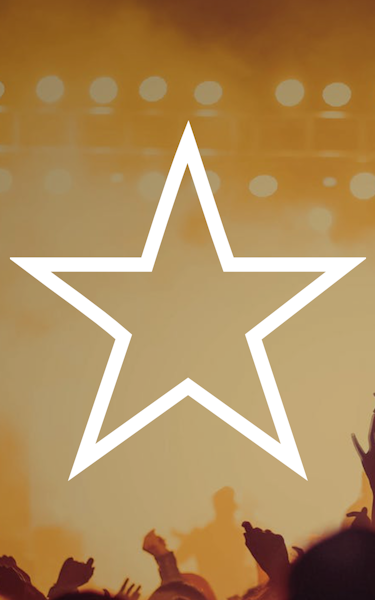This event has been and gone.
If we know of a trusted online shop with tickets available, we will always provide a link to buy from them
Add to your event list
Eileen Agar: Natural Ready-Mades
Eileen Agar (1899-1991) sought out sculptural forms in nature, combing the shoreline for natural ready-mades that she choreographed into collages and sculptures. Natural Ready-mades explores Agar's finely tuned observation of sculpture in nature through seven works made between 1935 and 1939.
Permeating her photographs and assemblages is a strong sense of visual pleasure, playfulness and wit, as shown by 'Marine Object' (1939) at the centre of this focused display. This sculpture combines a Greek amphora that Agar purchased from a French fisherman, who found it caught up in his nets in Toulon, with a ram's horn, picked up by the artist in Cumbria, a starfish recovered from sea mud, and a marine skeleton.
From the 1930s onwards Agar was an avid beachcomber, her shoreline bounty used as material for objects and collages. Alongside 'Marine Object' two collages reveal Agar's incomparable sculptural eye. One, the earliest work in Eileen Agar: Natural Ready-mades, is an exquisite, vibrantly coloured box made in 1935, deftly combining a sea horse with coral, placed against a backdrop of a watercolour to form an underwater stage set. The other is a framed work on paper, where a sea creature cut-out is pasted on to a photograph sourced from a 1940s publication on classical sculpture.
In 1936 while on holiday in the Dorset coastal town of Swanage, Agar met Paul Nash (1889-1946), where he was compiling The Dorset Shell Guide for Shellmex. Through this friendship, Agar received a studio visit from Roland Penrose (1900-84), who invited her to show her work in the ground-breaking International Surrealist Exhibition in 1936. Although Agar never saw herself as a surrealist, she described in her 1998 autobiography that 'Surrealism for me draws its inspiration from Nature...you see the shape of a tree, the way a pebble falls or is framed, and you are astounded to discover that dumb nature makes an effort to speak to you, to give you a sign, to warn you, to symbolise your innermost thoughts.'
Directly after the exhibition, Agar travelled to Ploumanac'h and Berros-Guirec on France's Brittany coast where she was struck by the coastal rock formations. These she described as seeming 'as if nature had arranged a show of sculpture in the open air.' Seeking out a camera, she set about creating an incredible series of photographs showing how the wind and sea sculpt nature. Four examples are included in this exhibition.
Born in Buenos Aires into a family of British industrialists, Agar moved to England in 1906. In 1990 she was recorded talking about her life for Artists' Lives, a British Library oral history project that is developed in partnership with the Henry Moore Foundation. Here she describes how as a child she was intent on becoming an artist. Agar began her studies in 1920 with Leon Underwood (1890-1975) at his Brook Green School of Art. Underwood's pupils also included Henry Moore (1898-1986) and Gertrude Hermes (1901-83). After graduating from the Slade School of Art in 1924 Agar worked in Paris with the Czech Cubist Frantisek Foltyn (1891-1976). She returned to London in 1930, and the next year was involved in founding the, now extremely rare, journal The Island, organised by pupils of Leon Underwood with her husband Josef Bard (1892-1975) the editor. The three issues of this journal are held in our Research Library, and will form a concurrent Library Display, along with the recording of Agar. Sculptures and archival material by Hermes, Moore and Underwood are included in the Leeds Museums and Galleries sculpture collection, which the Henry Moore Institute manages in a unique partnership that has built one of the strongest UK public collections of British sculpture.
Within our exhibition programme, Eileen Agar: Natural Ready-mades is paired with Carol Bove / Carlo Scarpa in Galleries 1, 2 & 3 from 2 April. The New York-based artist Carol Bove (b. 1971) cites Agar as an important reference point, both creating assemblages from naturally occurring materials. In the Upper Sculpture Study Galleries, Garth Evans: Sculpture Photographs also explores how sculptural thinking has been addressed through the photographic medium.

Henry Moore Institute
See all events at Henry Moore Institute
Henry Moore Institute
See all events at Henry Moore Institute
